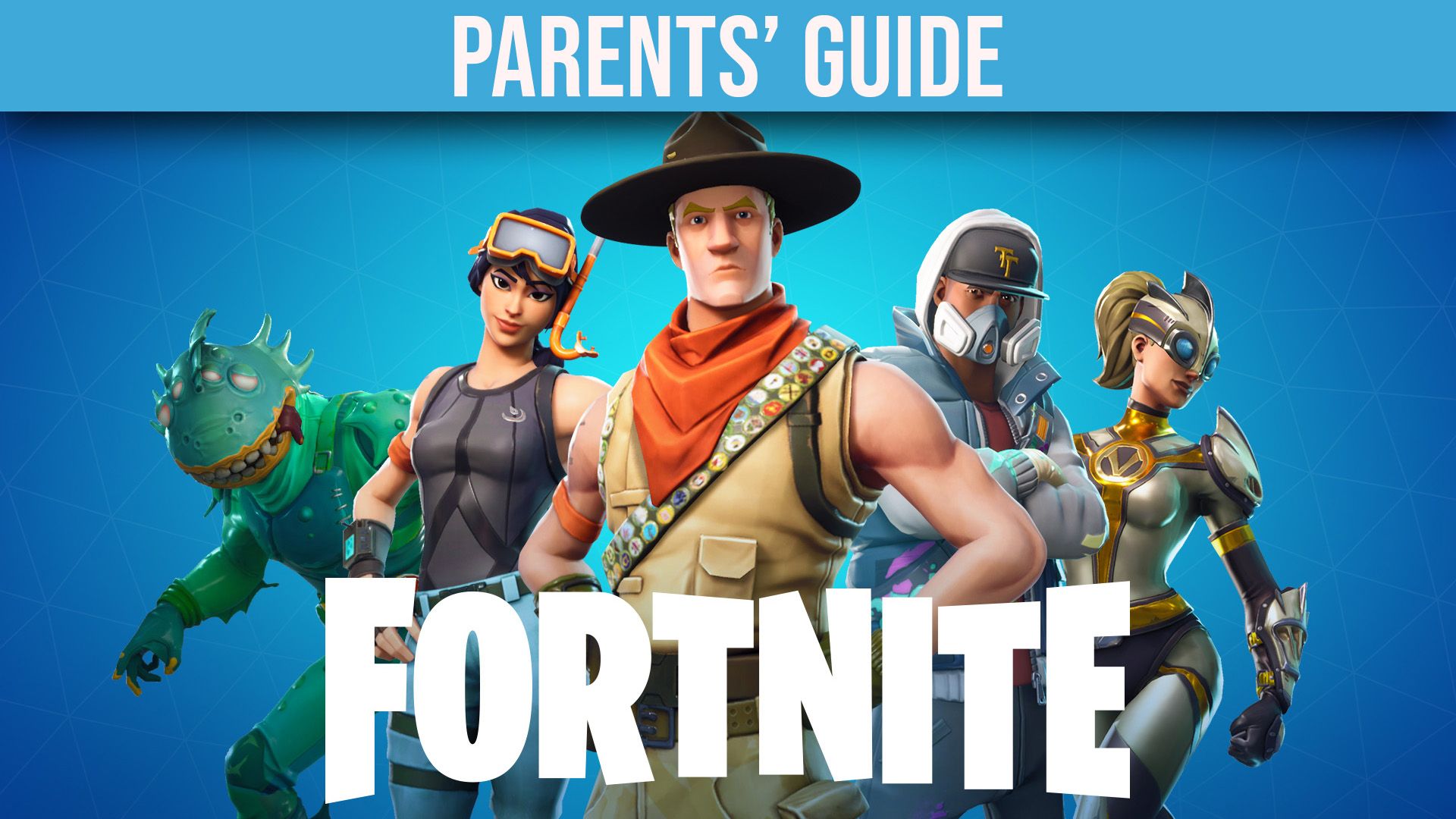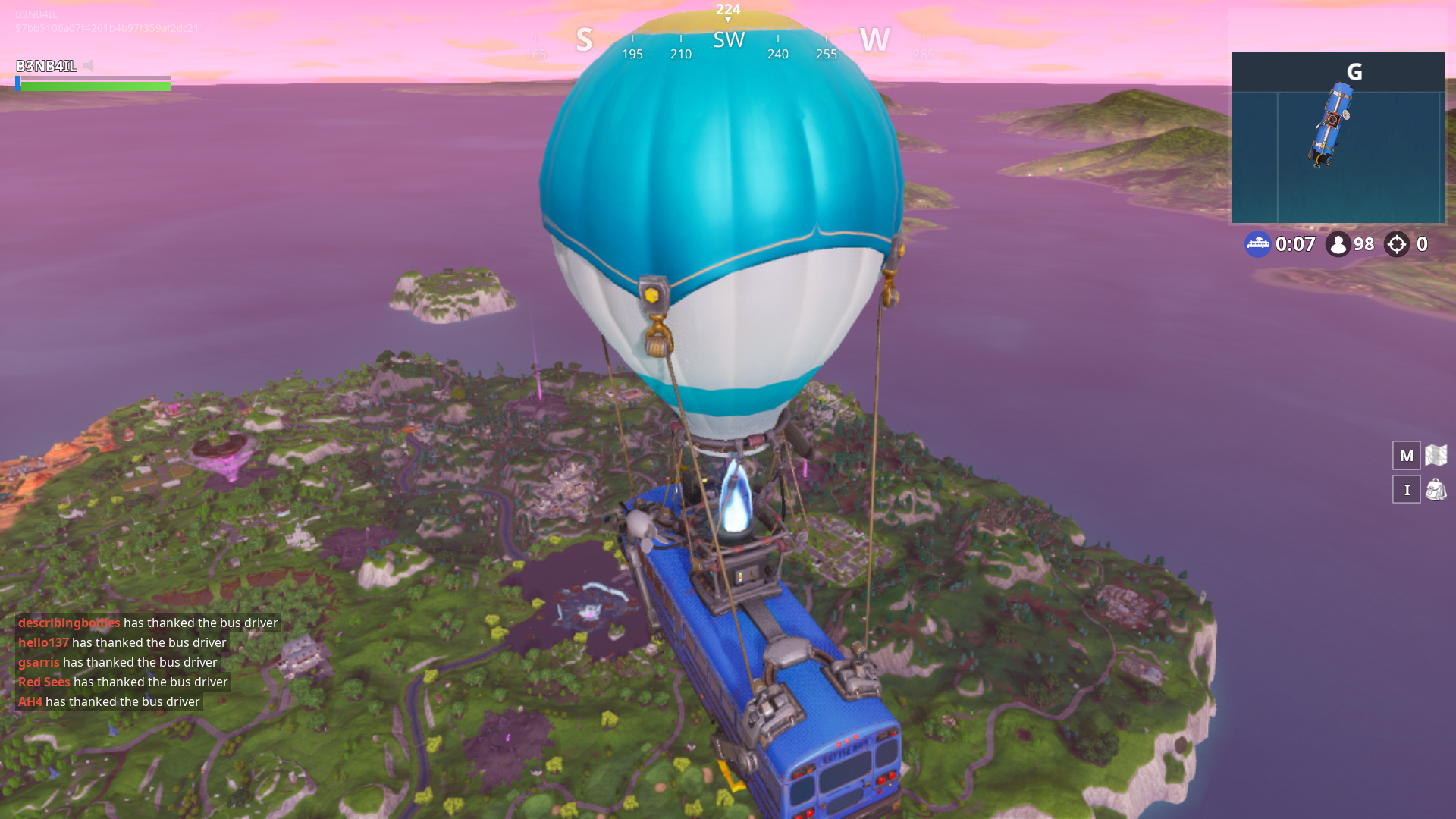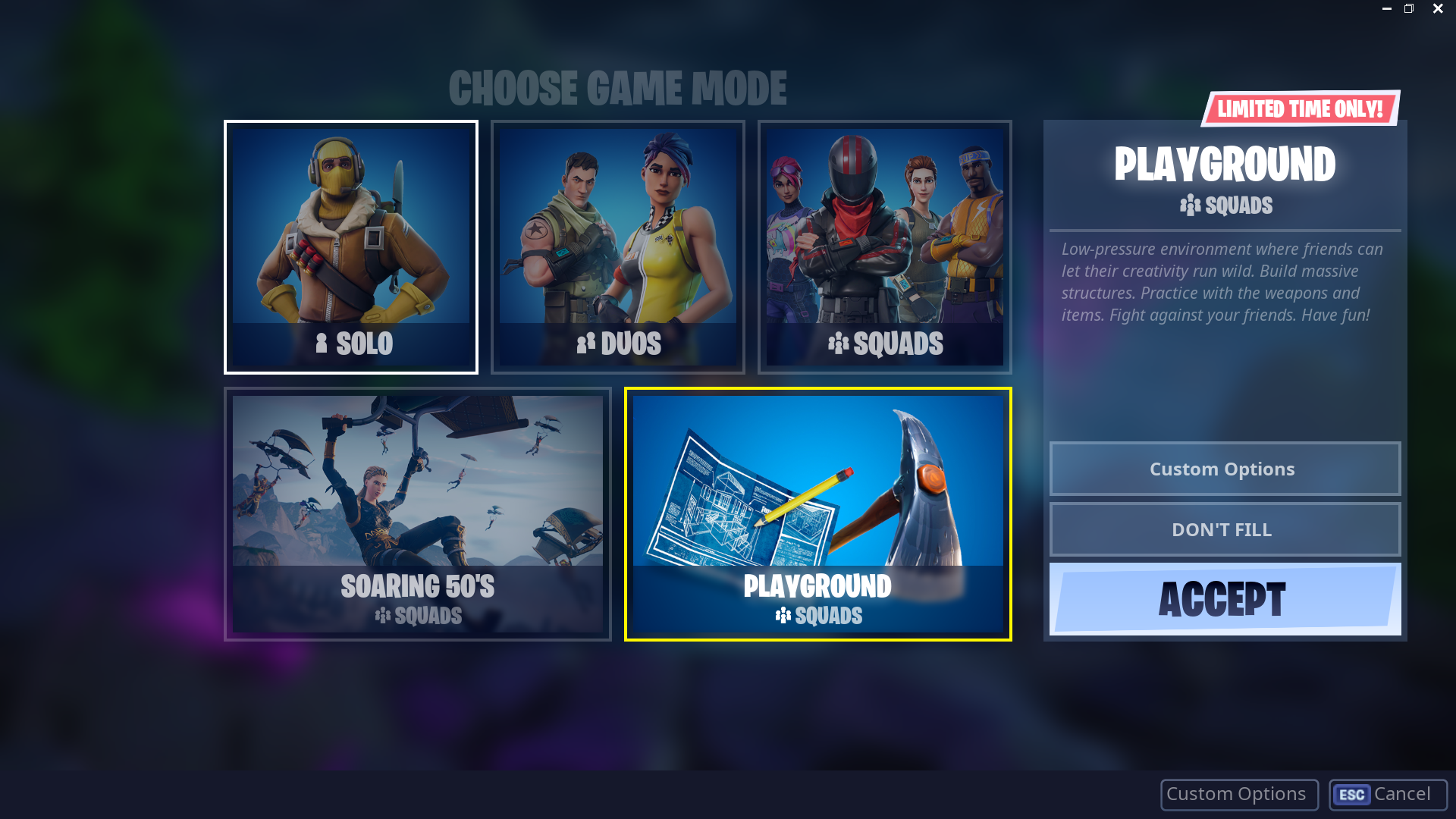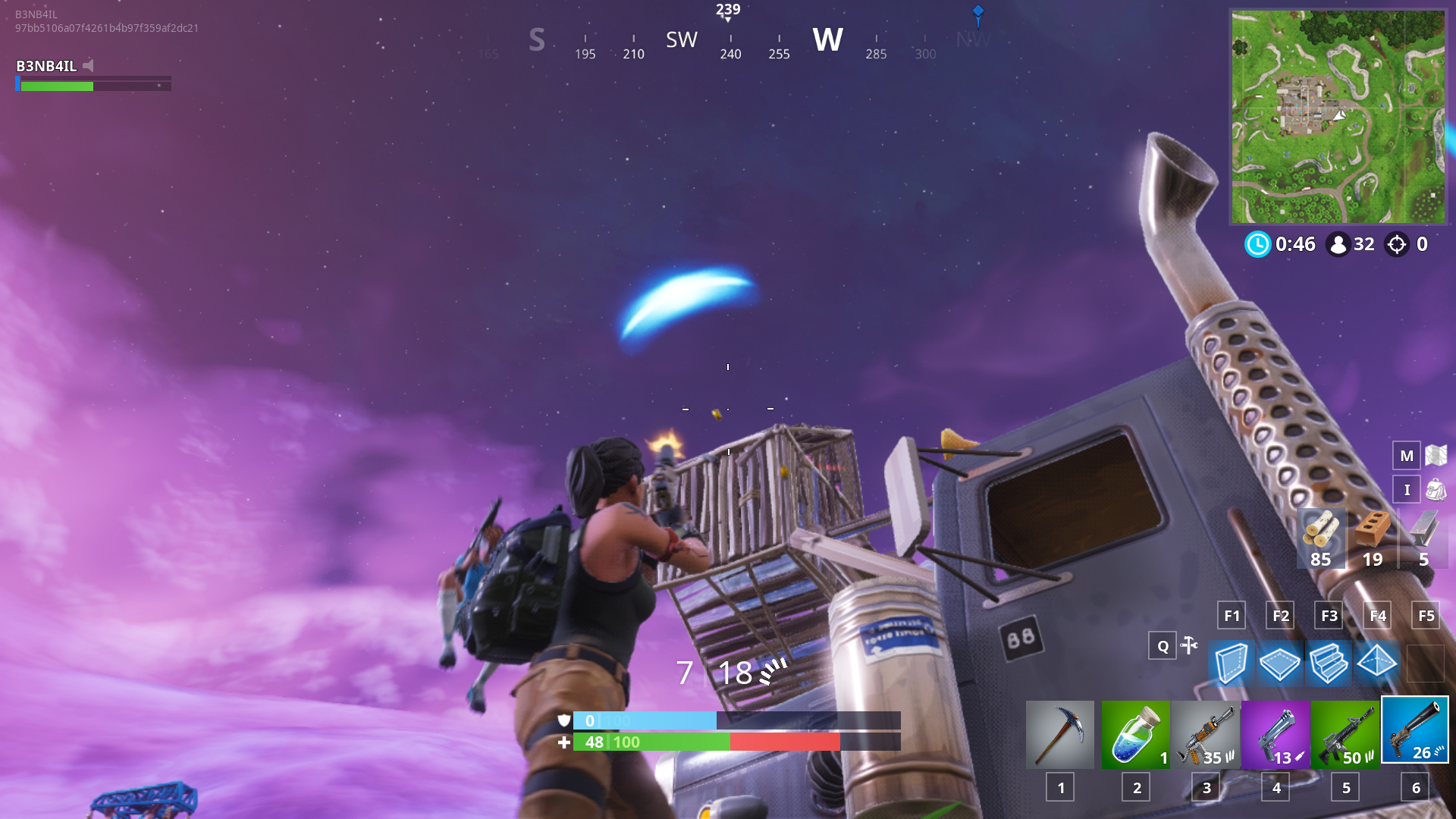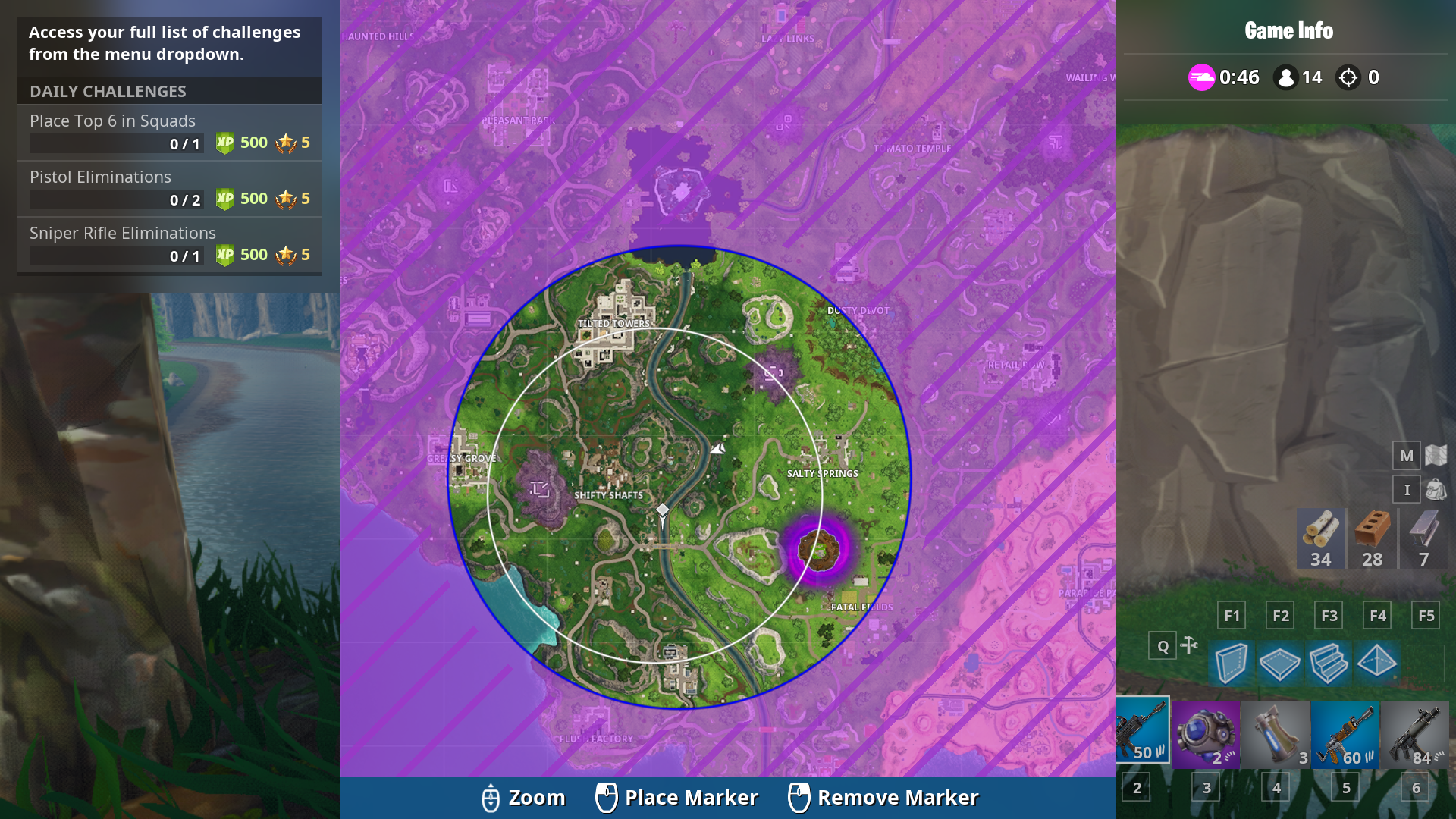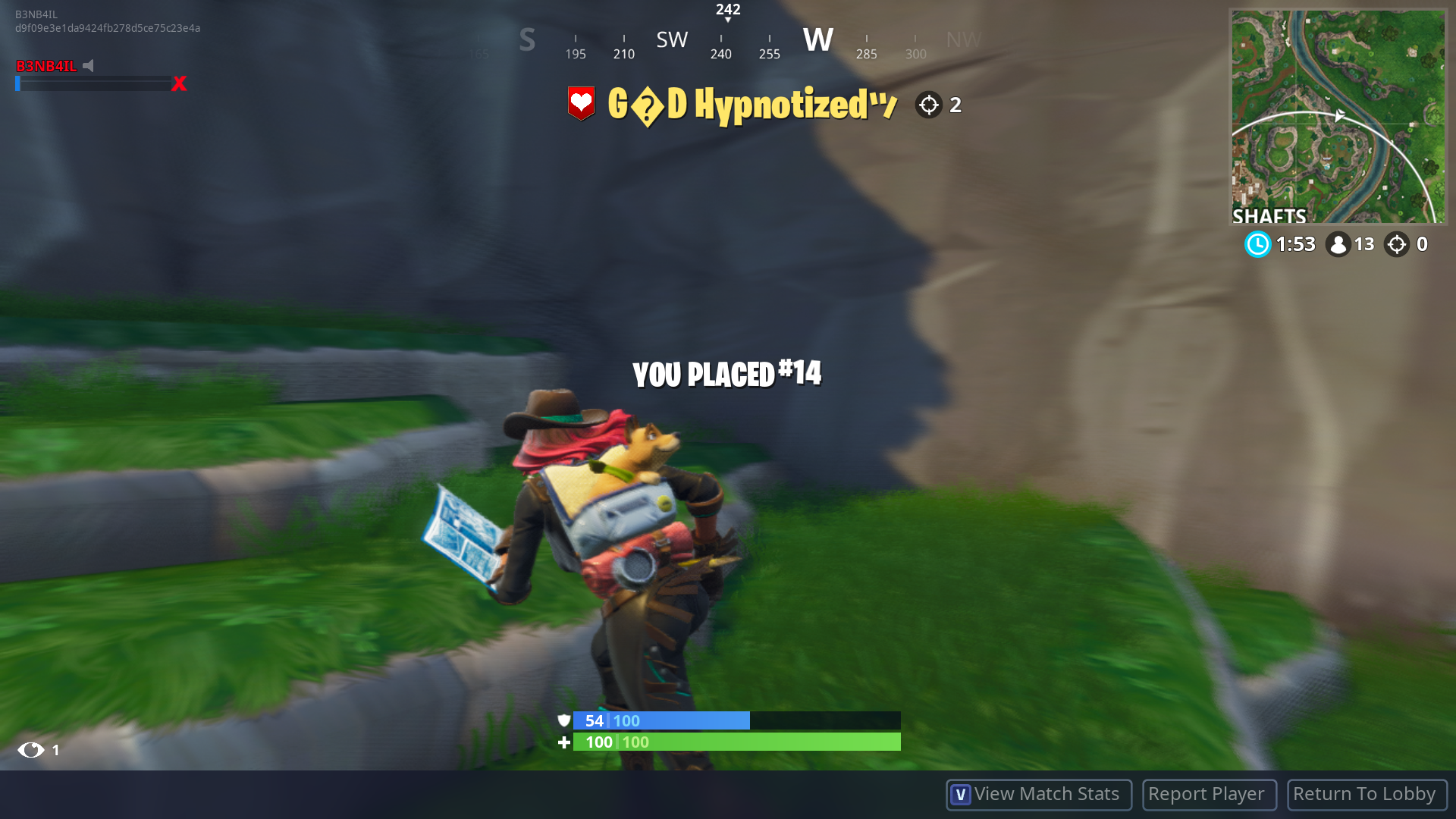Fortnite: Battle Royale has taken the world by storm; there’s no doubting that. Schools have had to ban the game, mainstream media is shouting about it, and parents often moan about their kids being on it for hours on end. However, as a parent myself, I thought it’d be worth explaining what Fortnite is and why it appeals to your child so much.
What is Fortnite?
There are two versions of the third-person shooter title, with one version being the "original" game that was revealed in 2011, called Fortnite: Save the World. This version of the game puts four players to the task of scavenging for materials to build a fort with defenses and then trying to survive against waves of enemies. It launched in July 2017 into paid Early Access, with plans to go free-to-play in 2018 (though that hasn't happened just yet).
The other version is the one that everyone is playing, Fortnite: Battle Royale, that launched in September 2017. This is a free-to-play version of the game that came to be born after the success of Bluehole Studio's PlayerUnknown’s Battlegrounds, which massively popularized the "Battle Royale" genre of games. This version became such a success that Fortnite: Battle Royale has achieved so much over the past year including millions of players worldwide: you can learn more about all this in a recent editorial from our own Logan Moore covering the game's history.
What do players have to do?
Be the last one left alive. Simple as that.
In typical fashion for Battle Royale games, up to 100 players jump out of the Battle Bus flying over the map, parachute to their desired location, and then grab loot to survive, such as materials, health aids, shields, weapons, and ammo. A large white circle appears on the map that players need to get inside to stay safe from the storm that closes in. This circle grows smaller over time, nudging players closer to confrontation so that the match finally comes to an end.
Players can build fortifications with the materials they find, or even get materials themselves with their pickaxe by hitting objects in the environment, such as trees, brick walls, and more. These can either act as quick defenses or help in getting to hard-to-reach places.
If a player dies, they’re sent back to the main menu to find a new match that’s just starting up. This means that staying alive and thinking tactically is key to winning the match, or a so-called "Victory Royale." They can also choose whether to play alone in a Solo match, play with one friend in Duos, or play with another three friends in Squads.
Is it violent?
Yes and no.
Fortnite: Battle Royale is rated 12+ (PEGI) and Teen (ESRB), and while the game has guns and explosions, there’s no blood or dismemberment. The game looks comical and vibrant and has emotes, so players can randomly dance if they feel like it. There’s even a "story" that has been playing out with each Season of the game that launches. Additionally, there is a Playground mode where players can just enjoy building forts.
Why is it so popular?
There are certainly numerous reasons why the game is popular, but it also comes from some specific places within the corners of gaming. Some may love just watching content creators play the game on YouTube and Twitch, and others may enjoy playing it alone, for example. There are also a lot of influencers playing it, and the marketing for it has even been seeping into the real world. Twitch streamers such as Ninja have made their brand focused on playing Fortnite, and there are even eSport events that have insane prize pools.
The one life situation that the Battle Royale genre revolves around seems to add intensity to matches, with tensions getting higher the longer that player survives. The result is a game that people enjoy watching because it’s intense and entertaining to watch players try (or fail) to make it to the very end.
In addition to these reasons, the game is also widely available on a number of platforms, and it's a free-to-play title that anyone can download. Currently, the game is available on PS4, Xbox One, Nintendo Switch, PC, Mac, iOS, and most recently made the jump to Android.
What is all this talk about microtransactions?
Like most free-to-play games, Fortnite: Battle Royale contains an in-game currency. This currency is known as "V-Bucks," and it can be paid for with real-world money. With V-Bucks, players can purchase different emotes and cosmetics that make their character look fancy on the battlefield and stand out from other players. This might seem like a quick money maker for the developers, and you'd be right in thinking that after we learned that Fortnite: Battle Royale had earned one billion dollars through in-game purchases.
There’s also a system called “Battle Pass” which offers players rewards for leveling up. If paid for, the Battle Pass offers rewards for every time a player levels up, but players can also play for free and earn fewer items after leveling up more than once, if they decide to not purchase the Battle Pass. Typically, the Battle Pass is available for around $10 worth of V-Bucks.
Why is my kid so focused on the game?
Fornite: Battle Royale is entirely online, which means that it cannot be paused and you have to see a match through to its end. Not only that, but your child will be hard at work keeping eyes out for players in the distance and trying to stay alive. Dying will result in them being kicked back to the main menu, meaning that the time they just spent just probably went to waste. Annoying.
For some, they could be doing incredibly well, heading closer to the top five left alive. Tensions are growing by that point with more things to think about, such as keeping inside the circle, ammo checks, and being aware of enemies. It might look like mindless killing, but really there’s a lot of things going on up in that head.
If players are playing with friends as well, there’s a good chance they’re having a good old time, whether that's laughing at yet another loss, spectating the only survivor left on their team, and maybe even discussing school work while shooting other players. Furthermore, it isn't just Solo, Duos, and Squads that are available as game modes, but there are some modes that arrive and are only available for a certain number of days, such as the recent crossover with Marvel's Avengers: Infinity War this past spring. This obviously encourages players to enjoy these limited time events while they're available.
Why is there so much negativity against the title?
Probably because it’s popular? People like to hate on the things people love. A lot of the hatred I feel personally is down to being misinformed and not understanding the game or gaming in general.
Mainstream media tend to report on the idea that video games are evil and will reduce your child to a mindless zombie, just because one person had a bad experience or because of the ongoing conversations around toxicity in gaming communities. Some parents have complained about having hundreds of dollars leave their bank to pay for V-Bucks when they haven’t supervised their accounts. And some people just don’t understand that video games can be a wonderful form of escapism or a break from a hard day.
Should I be concerned about the amount of time my kid plays games?
This is a grey area and depends on how comfortable you as a parent are with the number of hours being put into sessions. I believe in having some form of limiting screentime to keep kids from getting too lost into the digital haze, and games like Fortnite: Battle Royale require a great deal of focus.
Of course, video games can build new friendships, they can educate, they can feed creative minds, and they can also be a form of escapism, allowing the player to lose themselves into a world, distancing themselves from reality. If you do feel as if something is wrong with your child and they're burying their head into video games as an escape from something, then all I can suggest is to reach out to them and talk. It's worth noting that having a focus on a video game doesn't entirely mean "addiction," and it really could just be an enjoyable, creative, and growing experience.
“The likelihood of developing video game addiction depends on the curiosity of the player, the inclusion of a role-playing element, feeling obligated to the team members, a sense of belonging to an online gaming community, and rewards for playing.” – Shang Hwa Hsu (Study, 2009: "Exploring user experiences as predictors of MMORPG addiction")
Can I join in with my kid?
Absolutely. Fortnite: Battle Royale is available on consoles, PC, and Mobile, and supports crossplay with all of the previously-listed platforms. In fact, the huge player base for the game has led to Sony to finally allow crossplay from the PS4 system with other platforms. This means that you're able to play on your own Epic Account on say an Xbox One, while they join you on their PC. You'll need to add them as a friend, and then you can invite one another to your party and get ready to survive.
Fun fact: a study in May 2018 by #LetsPlayMay found that 44% of parents say that they learn about video games to impress their kids. Likewise, as a parent that plays games with his kids, I can confirm that bonds can be strengthened when it comes to working together.
Fortnite: Battle Royale is a title that seems to grow only more popular with each season that goes live and, additionally, popular online influencers are encouraging their audiences to jump on. A good example would be when singer Drake and streamer Ninja played together and amassed over 600,000 viewers, instantly breaking Twitch viewership records. In short, your child will no doubt be either wanting to play Fortnite or want to play it more, and hopefully, this guide has helped in explaining some points you may have regarding it. You may also want to check out our preview piece by Tomas Franzese from the game's "Save the World" mode.

